Human Vs. Artificial Intelligence: Why Finding The Right Balance Is Key To Success
6 June 2022
Welcome to the age of blended workforces, where intelligent machines and humans combine to accelerate business success.
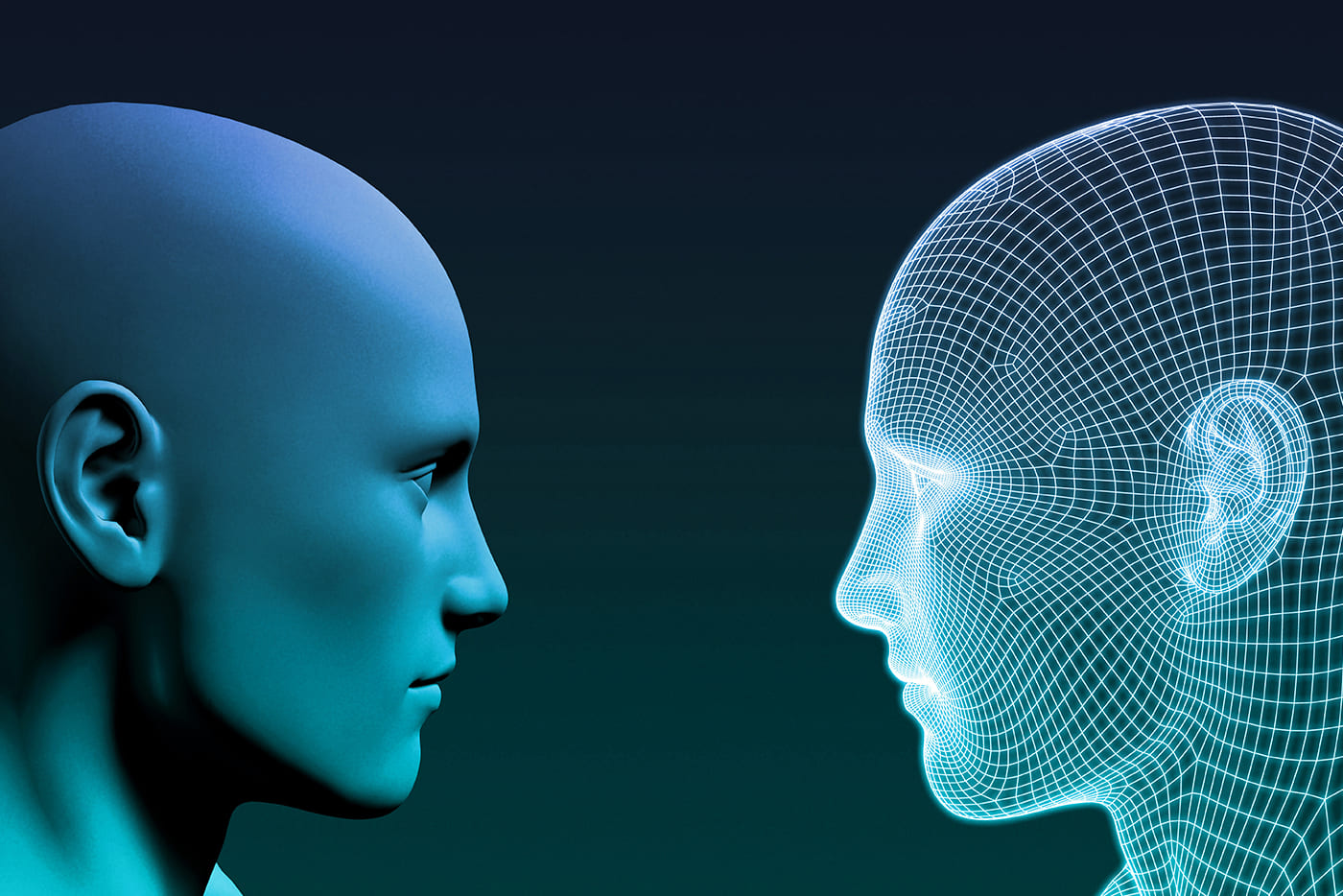
In short, now that we have increasingly capable robots and artificial intelligence (AI) systems – capable of taking on tasks that were previously the sole domain of humans – it’s easier than ever for organizations to leverage intelligent machines. But this leaves employers with some major questions to answer: how do we find the right balance between intelligent machines and human intelligence? What roles should be given over to machines? And which roles are best suited to humans?
The first step: Understanding what machines can do
Particularly in traditional companies, business leaders often aren’t up to speed on the sheer range of tasks that today’s AIs and intelligent robots can take on. (In fact, I spend a lot of time educating executives in this area.) This knowledge is key to finding the right balance between humans and machines in your organization.
Some of the things AIs and AI-enabled robots can do are pretty mind-blowing. For example, AIs can now read, write, see, speak and even understand emotions. While this sounds impressive, AIs are, for the most part, taking one type of input (be it visual data, written data, or whatever) and generating a particular output, as programmed. Once you understand this basic input-to-output idea, there’s potential to automate all sorts of tasks that follow this same model, such as scanning security videos for suspicious behavior, moderating content online, answering simple customer inquiries, entering data, and maintaining bookkeeping records, and so on.
As Stanford professor Andrew NG puts it, “If a typical person can do a mental task with less than one second of thought, we can probably automate it using AI either now or in the near future.” In other words, human jobs that are built on some sort of input-to-output scenario are very likely to be automated in the future.
So what will happen to human workers?
In light of this incoming wave of automation, the work of humans will be affected in three key ways:
- Displacement of human jobs. According to the World Economic Forum’s Future of Jobs Report 2020, 85 million jobs may be displaced by automation by 2025 – truly a staggering figure. Naturally, this creates a lot of fear around automation. But while many jobs will be displaced, it’s important to note that even more jobs will be augmented or created because of technology adoption. Which brings us to…
- Augmentation of human jobs. Here, many jobs will be changed in some way by automation. According to the WEF, by 2025, the time spent on current tasks at work by humans and machines will be equal. This means employers must find the perfect balance between those tasks done by humans and those done by machines. To put it another way, we need to ensure the work given to machines is best suited to machines, and the work given to humans is best suited to humans (so humans don’t end up feeling like machines).
- Addition of new human jobs. Finally, new jobs will arise that previously did not exist. While the WEF estimates that 85 million jobs may be displaced, it also estimates that 97 million new roles may emerge – roles that are better adapted to the new division of labor between humans and machines. These new human roles are likely to rely on a slightly different set of skills and capabilities, compared to those skills that have traditionally been prioritized in the past.
All this means employers have a responsibility to equip their workforces with the skills needed for the fourth industrial revolution. What sort of skills are we talking about? Well, with machines taking on more of the easily automated input-to-output work, it’s the inherently human skills that will become more and more valuable in the workplace. Things like empathy, creativity, critical thinking, emotional intelligence, communication, and complex decision making, to name just a few.
“Responsible automation” in practice
Stitch Fix is a fashion subscription box that uses AI to pick out clothes that customers will love. But the company doesn’t just rely on AI to do this; it’s the perfect blend of AI and human stylists that makes the service so impressive.
At Stitch Fix, machines do the initial work of crunching through enormous amounts of data and evaluating the likelihood of a customer loving a particular style, based on the customer’s information, preferences and previous choices. Then a human stylist finalizes the selection and writes a personal note advising the client on how to style the items.
For me, this is a fantastic example of getting the best out of both machines and humans, and it’s something many organizations could learn from. This perfect symbiosis between intelligent machines and capable humans is referred to by automation pioneers Faethm as “responsible automation.” Faethm is on a mission to ensure automation is done in a way that doesn’t leave humans behind, and the company’s approach involves breaking jobs down into task fractions to see what can and can’t be automated. Done this way, automation – at least according to Faethm – doesn’t have to result in job losses. Instead, humans transition to more rewarding tasks.
The key takeaway here is that organizations must start to identify the tasks that are better suited to machines so that those tasks can be automated, leaving humans to do the more complex, rewarding work. And on top of this, employers must equip their workforces with the skills that will be essential for success in the 21st century.
Related Articles
The 12 Best Smart Home Devices Transforming Homes in 2025
By now, “smart” versions exist of just about every home appliance, gadget and gizmos we can think of. However, manufacturers continue[...]
11 Most Reliable AI Content Detectors: Your Guide To Spotting Synthetic Media
Since the launch of ChatGPT just two years ago, the volume of synthetic – or fake – content online has increased exponentially.[...]
The AI-Powered Citizen Revolution: How Every Employee Is Becoming A Technology Creator
Something remarkable is happening in organizations around the world.[...]
6 Mistakes IT Teams Are Guaranteed To Make In 2025
The next wave of artificial intelligence isn't just knocking at enterprise doors - it's exposing fundamental flaws in how organizations approach technology transformation.[...]
2025’s Tech Forecast: The Consumer Innovations That Will Matter Most
Consumer technology covers all of the tech we buy to make our lives more convenient, productive or fun.[...]
7 Healthcare Trends That Will Transform Medicine In 2025
Healthcare has evolved dramatically in recent years, with technology driving countless new opportunities, just as demographic and societal factors have created new challenges.[...]
Sign up to Stay in Touch!
Bernard Marr is a world-renowned futurist, influencer and thought leader in the fields of business and technology, with a passion for using technology for the good of humanity.
He is a best-selling author of over 20 books, writes a regular column for Forbes and advises and coaches many of the world’s best-known organisations.
He has a combined following of 4 million people across his social media channels and newsletters and was ranked by LinkedIn as one of the top 5 business influencers in the world.
Bernard’s latest book is ‘Generative AI in Practice’.





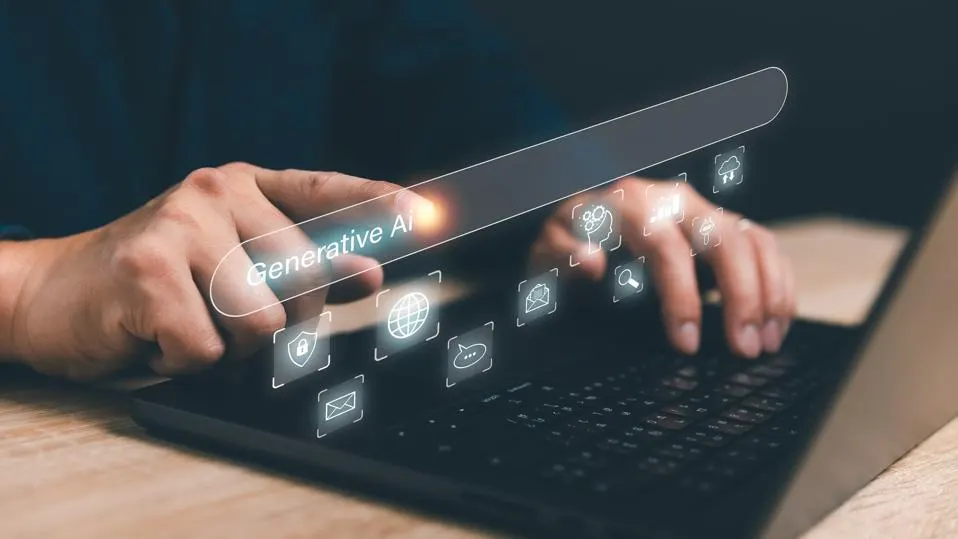
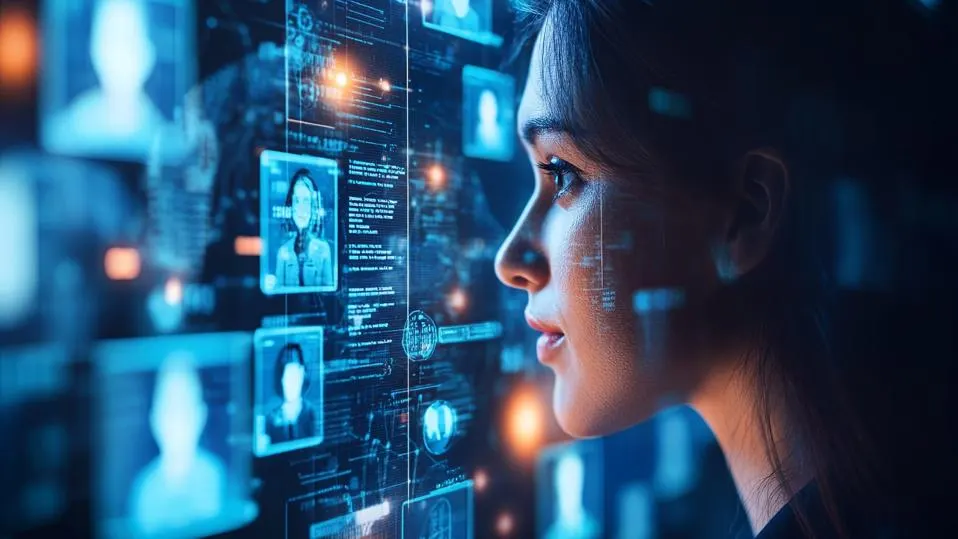
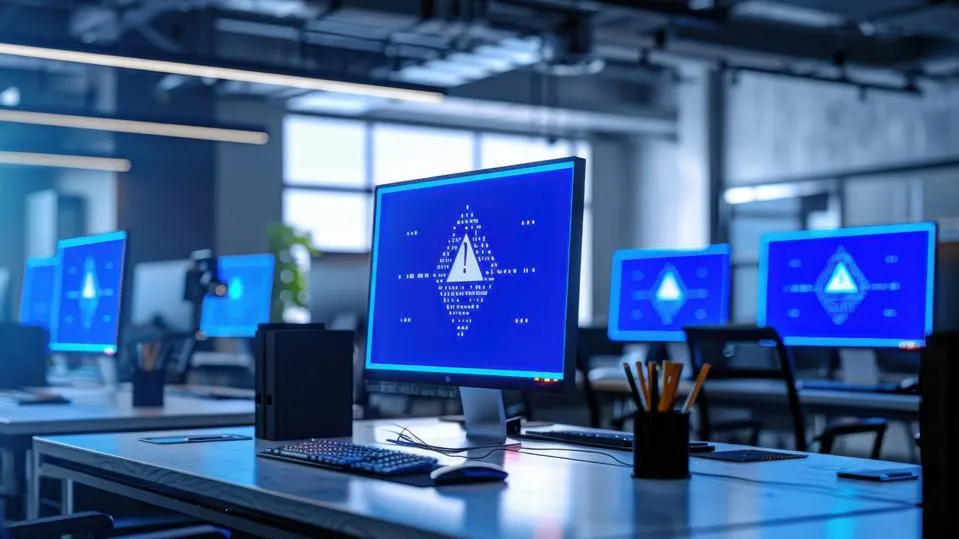
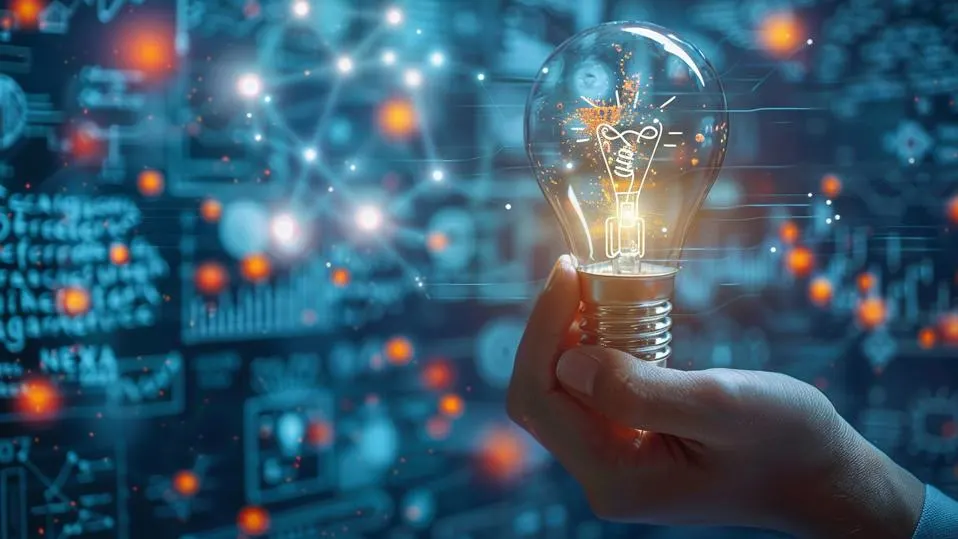
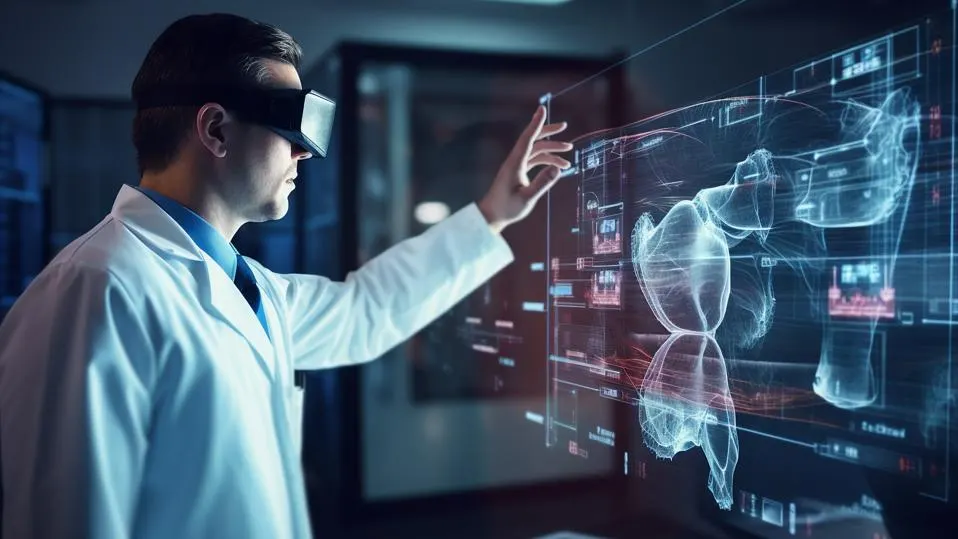
Social Media